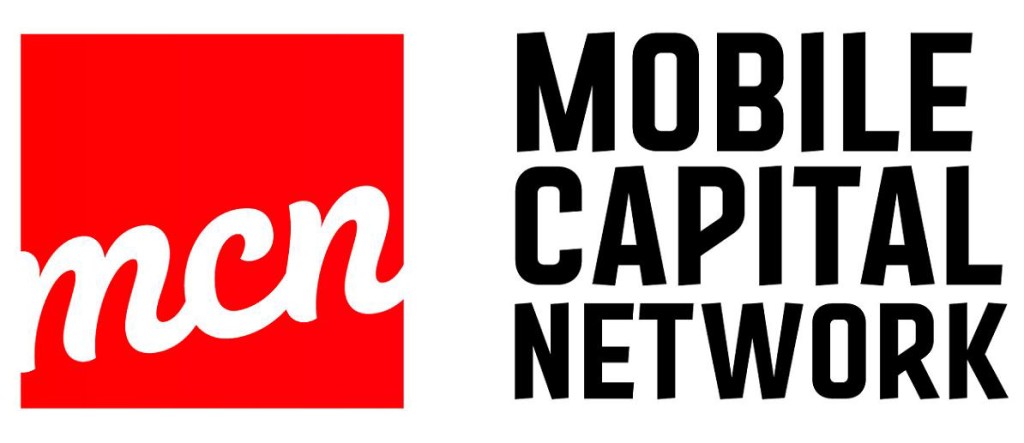As consultants we meet with many different companies and, to our surprise, a substantial number of business owners, particularly owners-managers, are reluctant to tap into the government incentives available to them. Somehow these very capable, self-made, independent businesspeople perceive applying for government assistance or tax credits as an acknowledgement of their inability to succeed on their own. The most prevailing excuse is “it’s too much hassle to deal with the government”. Consider that by maximizing your benefits from various government programs and incentives you actually help the government to achieve their public policy objectives. It may sound funny, but the government needs you. Don’t be shy to apply. Take for example SR&ED. The Federal government uses the Scientific Research & Experimental Development (SR&ED) program to give Canadian industries a competitive edge over international companies. The purpose of the program is to encourage SR&ED activities by reducing the amount of business […]
irap
In our practice we find that at times clients don’t fully understand why after claiming SR&ED investment tax credits the cheque they receive from the government or the amount of available tax credit carry forward is different from the amount claimed. To understand this, let’s look at SR&ED differently. Instead of exploring how SR&ED is treated from the income tax act perspective and what gets deducted from where, let’s look at SR&ED from a practical, business point of view. The view offered in this post will equally apply to OIDMTC, IRAP, SDTF, CIIRDIF, Telefilm and any other form of government assistance. As soon as we switch from looking at SR&ED as an investment tax credit (an accounting term) to viewing SR&ED as a payment for the services rendered to the government (see our blog posting entitled SR&ED Advice: Treat the CRA Like a Customer), the rest becomes very easy to understand. […]
